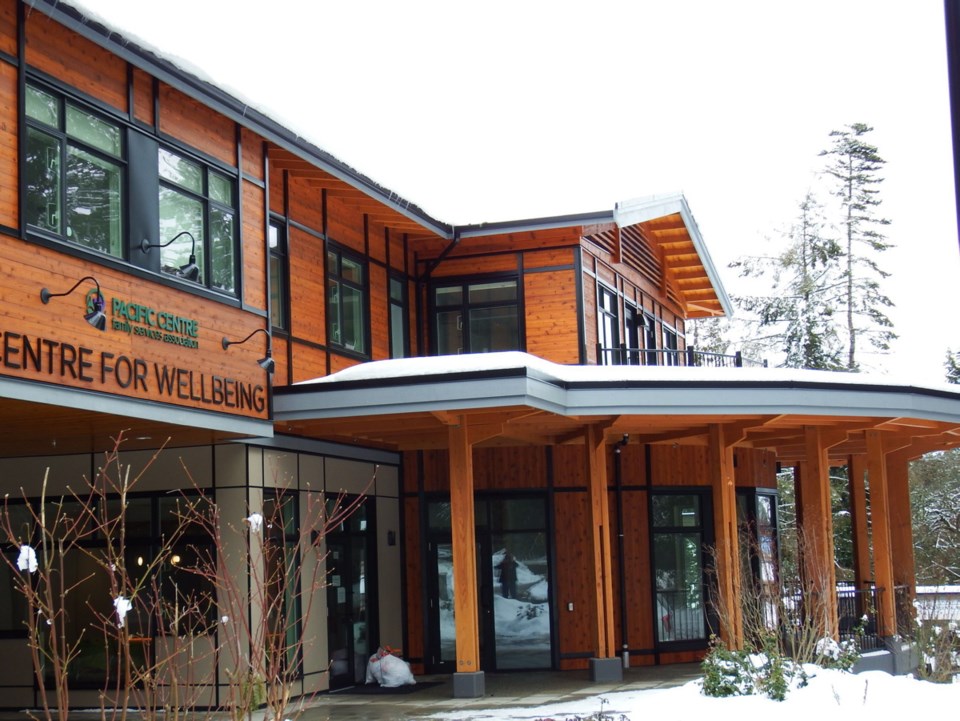The sheer volume of construction and pace of building on Vancouver Island and beyond may allow some of the value-added wood manufacturing sector to survive what is now the longest strike in coastal forest history.
Some of the Island’s secondary manufacturing firms have in fact been growing, despite a dwindling fibre supply on the coast due to a strike that has effectively shut down the coastal forest industry.
Now into its seventh month, the United Steelworkers strike at Western Forest Products has sidelined 3,000 workers and several manufacturing facilities.
Added to that toll were another 2,000 workers idled in late November when Mosaic Forest Management decided to take its winter shutdown early and curtailed harvesting operations.
Brian and Moila Jenkins, who own Longhouse Specialty Forest Products in Parksville, say they remain in good shape, though they are keeping an eye on fibre supply and plan to get their hands on as much western red cedar as they can.
“Our difficulty this year could be supply, so we are doubling our purchase of raw materials,” said Brian Jenkins. The company has the facilities on its six-acre lot to handle everything from raw logs to finished products that require only fire treatment or stain. “There’s nothing we can’t do.”
Jenkins said they hope that paying the going rate now will pay off later this year as lumber prices are expected to increase considerably. “It may be better than money in the bank,” he said. “Some pricing has already increased substantially, it’s up 10% over last year and could be another 20% by July.”
Longhouse, now in its 38th year, produces custom wood products and specializes in cedar siding, sofits, fascia and decking. Last year it reported a near 40% increase in revenue.
Jenkins said they have been selling around the world — as far afield as Russia — though more than half of their business is done in B.C., where construction has been booming.
And he pointed out the table has been set for the value-added sector here with new building codes and a renewed focus on wood construction.
Hadi Abassi agrees, adding it may not be a “heyday” for them, but they are expecting strong growth. The founder of Atlas Engineered Products, which manufactures roof trusses, wall panels and engineered wood products for the construction industry, believes they are well positioned to take advantage of the shift.
“It’s a good time for us. Wood is becoming more popular in construction,” he said. “Since we became a national company, we’ve been taking advantage of that.”
Atlas went public in 2017 to raise money to acquire small firms across Canada. They now have 250 employees spread across two facilities on the Island, one in Manitoba and three in Ontario with plans to expand.
Abassi said they have not felt the pinch of supply problems on the Island as the wood they use is structural timber from the B.C. Interior and Alberta. “It doesn’t have that much effect on what we do here, but in the end [the strike] does affect us because it affects the economy. If people are not buying homes then we are not supplying product,” he said.
Brian Hawrysh, chief executive of value-added industry association Wood B.C., said there are as many effects of the strike and fibre supply issues as there are companies.
“Generally things have been very good the last three or four years up until the problems with fibre supply,” he said.
Hawrysh cited strong construction sectors in B.C. and the U.S. as the reason for the value-added sector in B.C. growing to $4.3 billion in recent years.
“But you’ll get a different response from different companies. There are [remanufacturing] companies on the Island, especially in Chemainus, who rely on raw materials from Western who are hurting badly,” he said. “But then talk to someone making cabinets in Victoria and they are likely doing great. The markets are good if you can get the raw materials.”
Hawrysh said value-added includes everything from fine furniture, cabinetry and flooring to pre-fabricated homes and remanufacturing operations.
The value-added sector in B.C. has about 800 companies and 17,200 employees, and everyone seems to agree it should be much bigger.
Wood B.C. reports it could grow to a $6.3-billion industry employing 22,000 by 2030.
The Independent Wood Processors Association last year applauded Premier John Horgan for wanting to replace lost sawmill jobs with value-added jobs. However, that body also noted because small wood processors have not been able to access wood, their association has lost 54 of its 107 member companies in the last 15 years.



